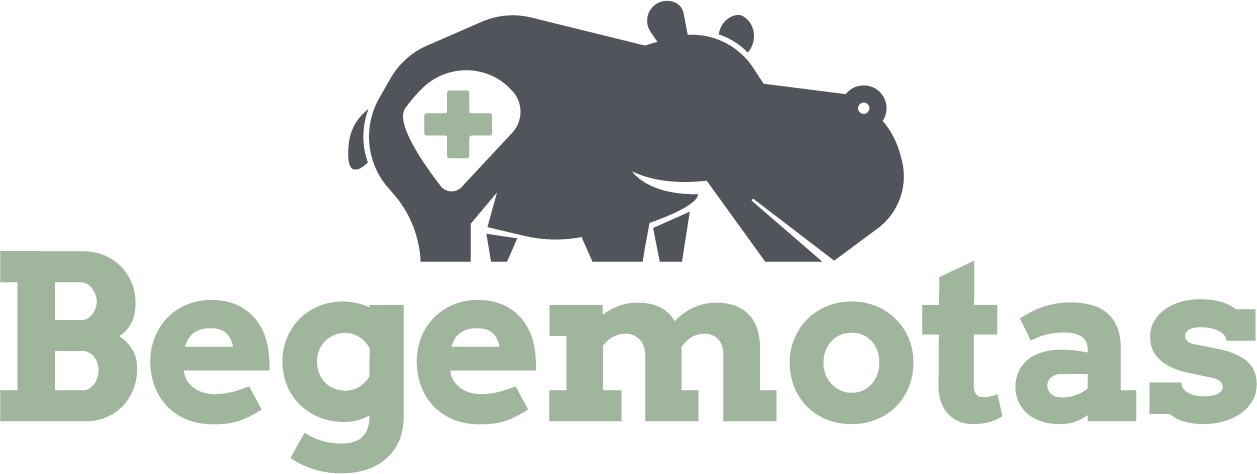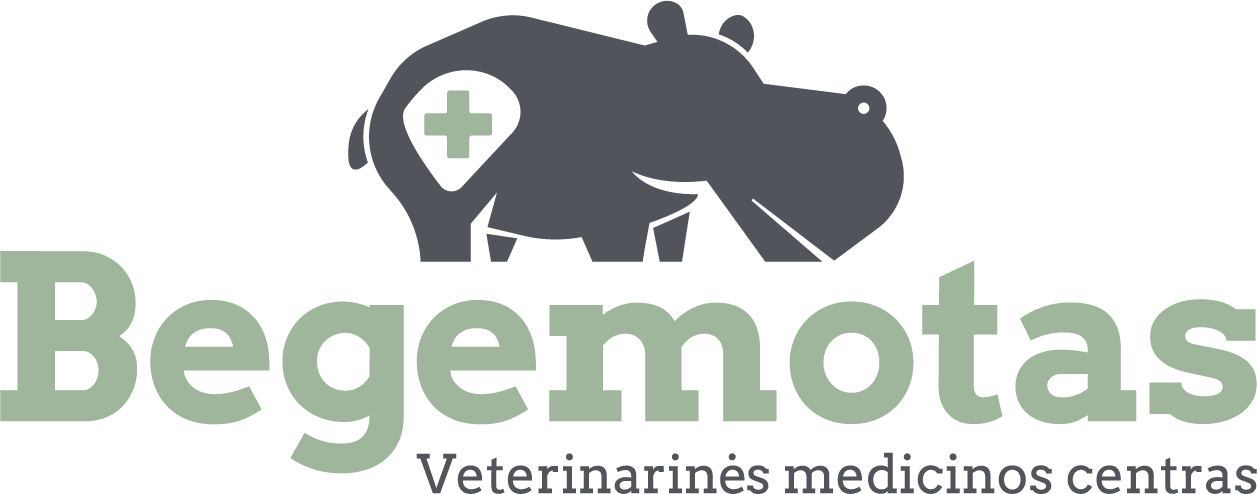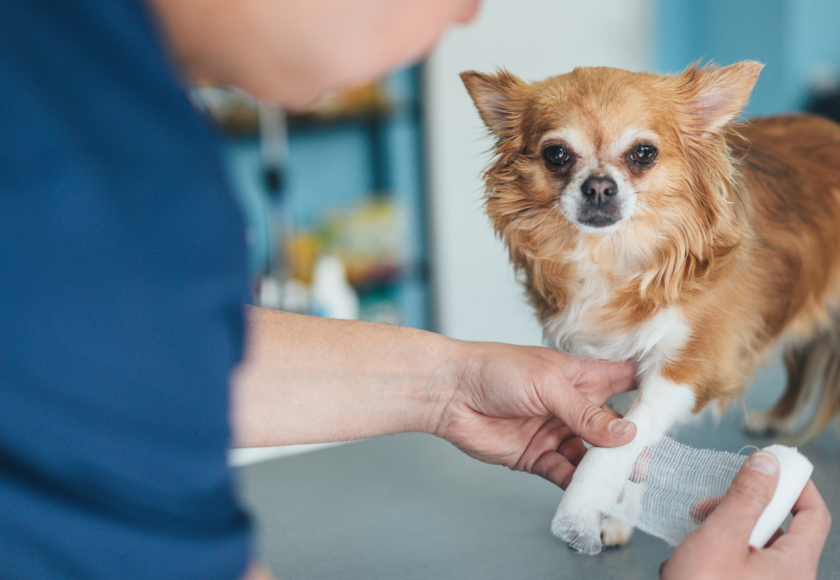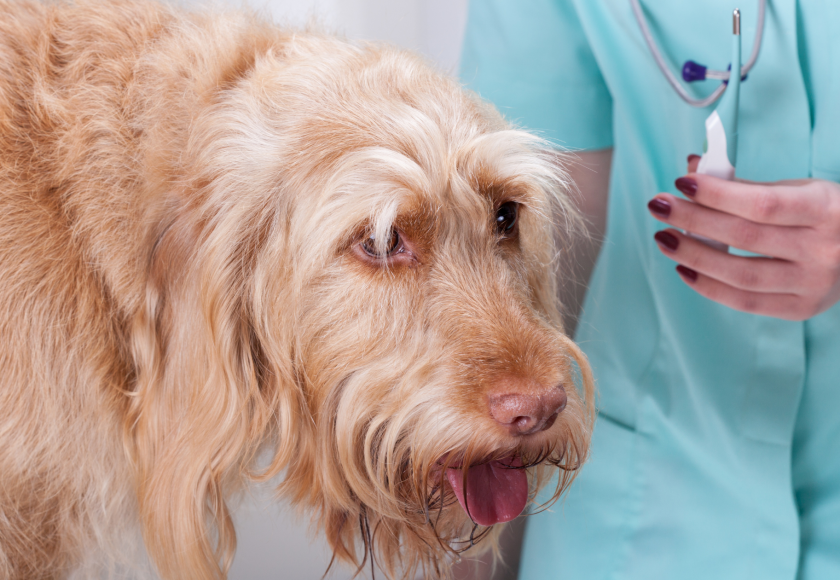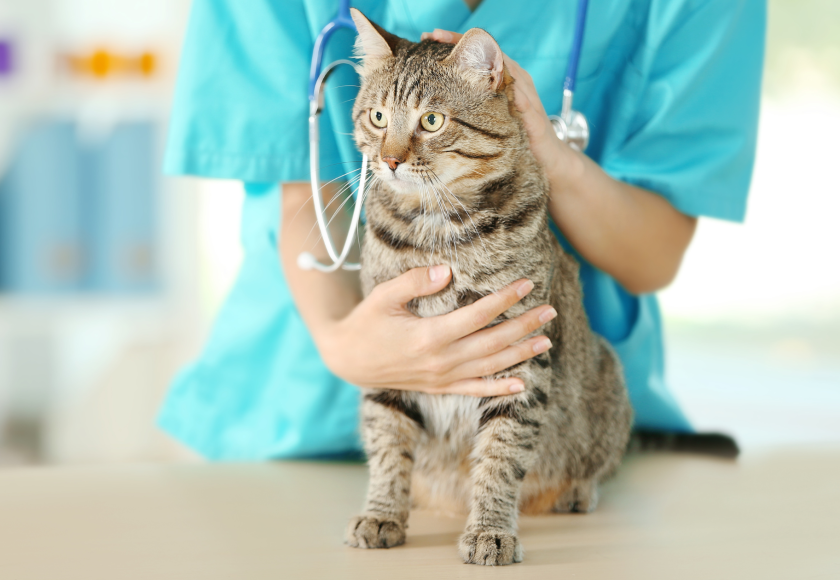Dogs are wonderful four-legged family members and friends, but their owners often face various concerns related to their health and care. One of the most common problems is dog shedding or hair loss.
This can be particularly unpleasant when your home, clothes, bedding, or furniture are constantly covered in dog hair. The purpose of this article is to explain why dogs shed and to present possible solutions. We will also discuss when to consult a specialist, veterinarian-dermatologist Milda Vasaitytė from the Begemotas veterinary clinic.
Table of contents
Does a dog’s eating habits indicate problems with the pet?
Shedding can be a natural process, but excessive or abnormal shedding may indicate health problems. In most cases, dogs shed heavily due to seasonal changes, such as in spring or early fall, when the coat helps the dog’s body adapt to new weather conditions.
Dogs also shed due to the body’s reaction to stress, diet or hormonal changes, environmental changes or dog allergies, coat and skin parasites, without using proper protection against them.
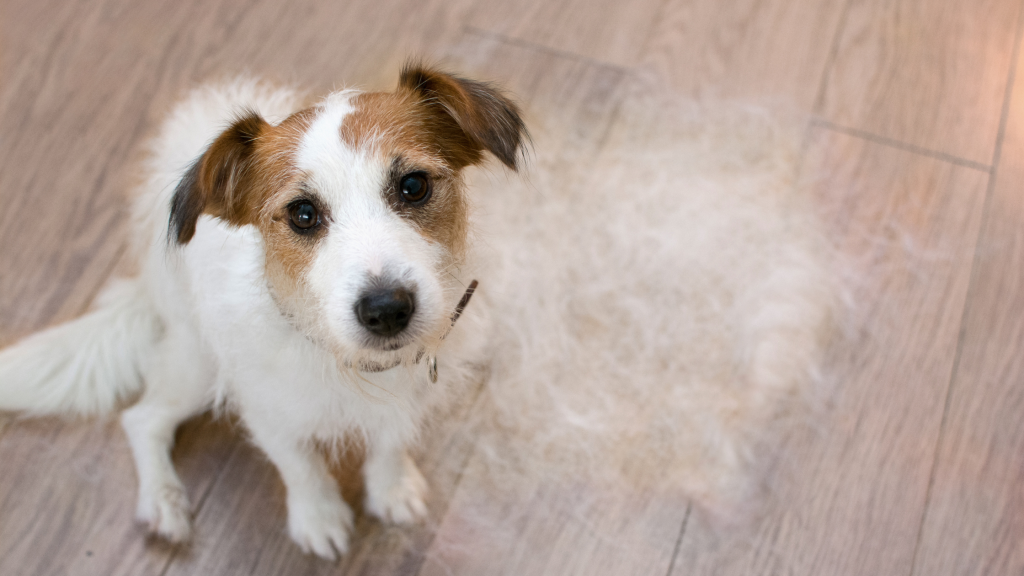
What is normal feeding for a dog?
First of all, it is important to understand that shedding is a natural process. Dogs, like humans, constantly renew their coats. Hair falls out to make way for new hair. The intensity of shedding can vary depending on the breed, time of year, lifestyle, and individual condition of the dog.
For example, some breeds, such as Labrador Retrievers and Siberian Huskies, shed more than others. Dogs usually shed more intensely in the spring and fall as they adapt to the changing, warmer seasons.
The dog is overeating due to stress and health problems.
However, sometimes overeating can be excessive or accompanied by other symptoms indicating health problems. Stress is one of the common reasons why a dog may start eating more than usual.
Life changes
Life changes such as moving house, the arrival of a new family member, or even the long-term absence of the owner can cause stress.
There may also be various health problems that contribute to excessive eating in dogs. A dog may eat due to several health problems, such as allergies or skin infections, or other internal organ diseases.
Allergies
Allergic reactions caused by dog grooming can be triggered by food, environmental allergens, or even coat care products such as shampoo or household detergents. Fungal or bacterial infections of the skin in dogs can cause skin irritation and hair loss.
Other diseases
A dog may eat excessively due to thyroid or other endocrine diseases. Due to health problems, the dog’s coat may become thin. If you notice that your dog is eating more than usual and this is accompanied by symptoms such as redness, itching, or balding, these may be signs of more serious problems.
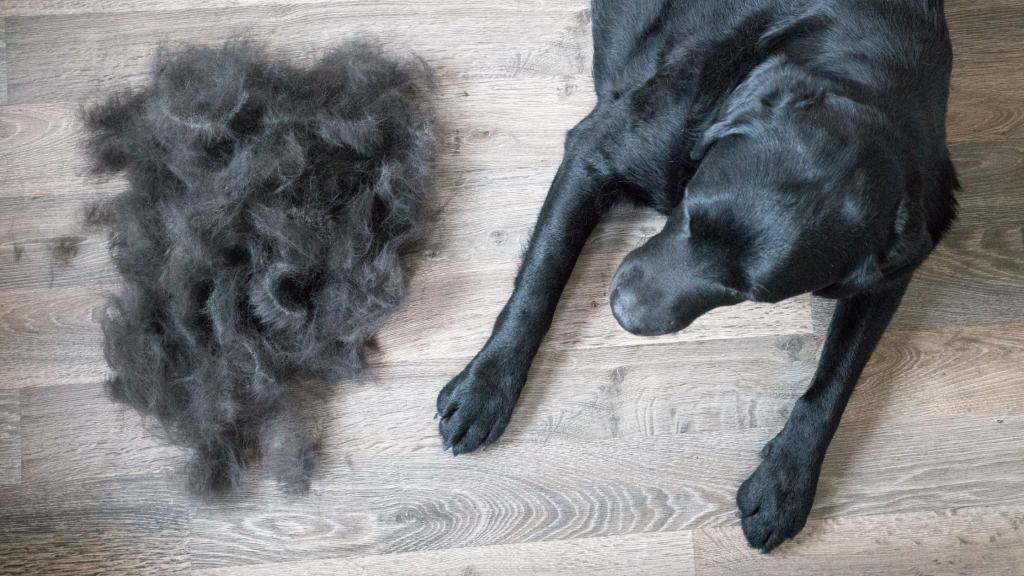
What to do if your dog is overeating?
To reduce dog shedding, it is important to maintain proper coat care. If your dog sheds a lot, you should brush its coat regularly and use shampoo that is suitable for your dog’s skin condition.
- It is also important to ensure proper nutrition that is balanced and meets the dog’s needs. This is very important for the overall health and coat condition of your dog. A balanced and high-quality diet containing the necessary vitamins and minerals can help maintain a healthy coat and reduce shedding.
- Omega-3 and omega-6 fatty acids, found in fish oils, flaxseed oil, or special supplements, can be very beneficial for coat health.
- In addition, regular coat care — brushing, bathing with appropriate shampoos—can also help reduce the intensity of shedding. Brushing helps remove dead hair and promotes new hair growth.
When to consult a specialist?
If caring for your pet becomes a problem that you cannot solve at home, or if you notice other worrying symptoms, it is important to consult a veterinary dermatologist immediately so that they can make an accurate diagnosis and prepare the most appropriate treatment plan.
- Milda Vasaitytė, a veterinary dermatologist specializing in the treatment of skin diseases and coat problems in dogs, works at the Begemotas veterinary clinic in Vilnius. She can perform the necessary tests, determine the true cause of the problem, and prescribe the appropriate treatment.
- Veterinary dermatologist Milda Vasaitytė is an experienced specialist who can diagnose and treat various skin problems that can cause dogs to lick themselves. Her professionalism and care for each patient helps owners understand and solve their pets’ problems.
- The veterinary dermatologist at Begemotas Veterinary Clinic conducts a thorough examination, including skin and blood tests and a rapid immunoglobulin E test, to identify possible health problems that may have caused the dog to lick itself.
If you notice any unusual skin changes or your dog shedding out of season, it is very important to start the right treatment in time, which will prevent many complications of dog skin diseases and ensure that your pet stays healthy and happy for a long time.
Healthy skin and coat are not only aesthetic factors, but also very important indicators of health. Caring for your pet and noticing problems in time can help maintain your dog’s health and well-being.
